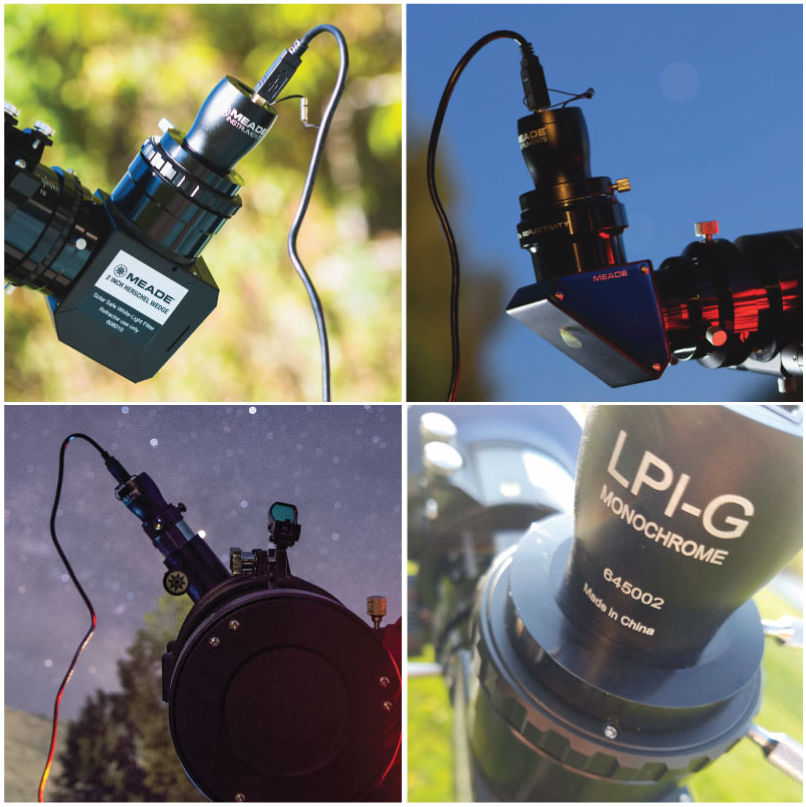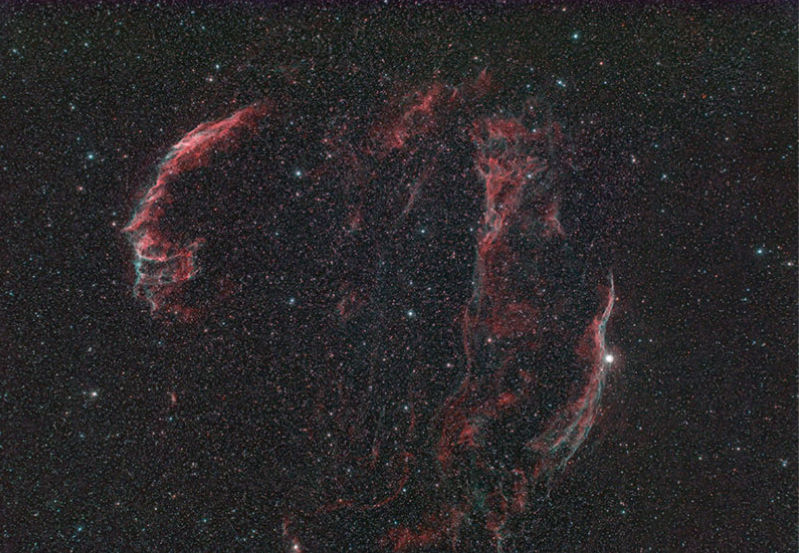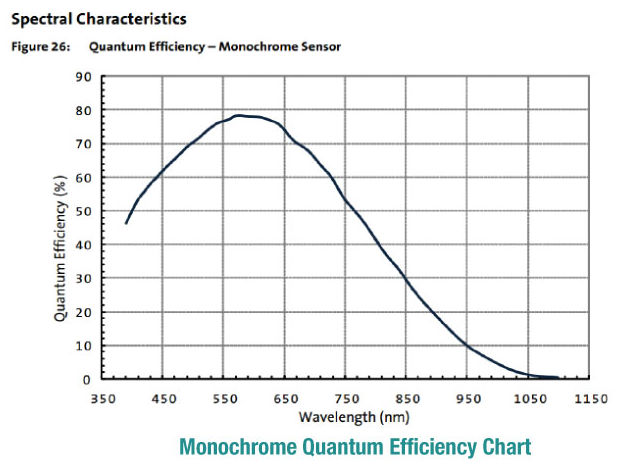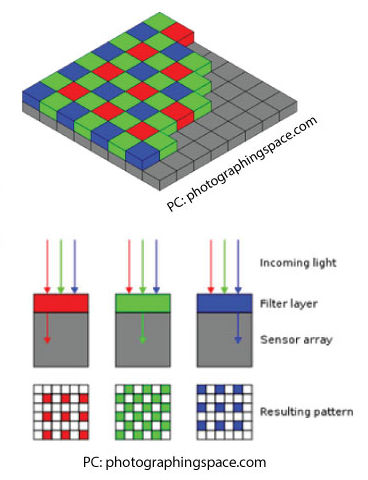Information provided by http://photographingspace.com/.
Original post first published on www.meade.com.
If you’re looking to capture lunar, planetary, and even solar images at an affordable price, then Meade’s LPI-G might be exactly what you need. This small but powerful camera will give you crisp, clean images that will provide you with an endless gallery of content.

The LPI-G is a small but powerful camera.
Meade’s LPI-G is made for auto-guiding and astrophotography. With our Solar System and guide camera, experience the universe on a whole new level. Lightweight and portable, LPI-G comes in either colour or monochrome, and a 1280 x 960 pixel CMOS sensor with the ability of capturing 28 frames per second at full resolution. The LPI-G can be used with a variety of telescopes including beginner to advanced models and even Coronado telescopes.
Dual Purpose Camera
The LPI-G Camera is perfect for those looking to make the jump into astrophotography. As an astrophotography camera, the 1.25” barrel size allows you to use it in place of your eyepiece. You will be imaging the Moon, planets, and the Sun (with appropriate filters) in no time with high-performance CMOS image sensor. As a guide camera, the built-in ST4 auto guider port makes for easy connection. The LPI-G is compatible with a number of guiding and image capture programs such as MaxIm DL, PHD and FireCapture.
The LPI-G comes with dedicated Meade astronomy software call Sky Capture, which allows you to record and process video and images.

The LPI-G Monochrome model can be used to produce a colour image after post-processing the data.
Auto-Guiding
The LPI-G can operate as an auto-guide camera when used with a Windows based computer through the ASCOM software platform. An auto-guide cable is included with the camera. The auto-guide cable is attached to the telescope’s auto-guide port (ST4-type) on one side and on the camera on the other side. This is the only camera on the market at its price point that can double as an auto-guider, which is an incredibly beneficial feature.
Please note that if you wish to use the LPI-G with a Meade LX90 telescope, the Meade Auto-guider Port Module (SKU: 07509) is required. The port module is plugged into the telescope’s auxiliary port enabling it to be used as an auto-guide port.

Meade’s LPI-G used a guider to image the Veil Nebula. PC: Jimmy N.
Colour vs Monochrome
If you’re looking for high resolution images, Meade LPI-G Monochrome is the way to go. For around £190, you won’t break the bank. This is great for solar-imaging as the chromosphere details are absolutely amazing.
Colour cameras are imaged with red, green, and blue. As you can see from the images to the right, green is typically the dominant colour.
Stated by photographingspace.com, “This inherent bias is corrected in the process that converts the array into a colour digital image which is called demosaicing.
Typically all this happens in-camera unless you shoot raw and demosaic yourself, but either way, the process averages the results from an area of pixels on the chip and creates artifacts such as false colours, colour bleeds, jagged edges, and more.
With a Monochrome camera, you get a 1:1 unblemished result based on a number of photons that hit the pixel well, with non of this immediate pokery that gives you a degraded image straight away.
Although colour cameras are much more simple, the post-processing of a picture taken with a Monochrome camera gives the image vast more detail…with that, you can’t go wrong."

Related topics:
article, LPI-G, camera








